高中英语外研版 选修7 Module 6 The World’s Cultural Heritage 课件(共28张PPT)
文档属性
| 名称 | 高中英语外研版 选修7 Module 6 The World’s Cultural Heritage 课件(共28张PPT) | 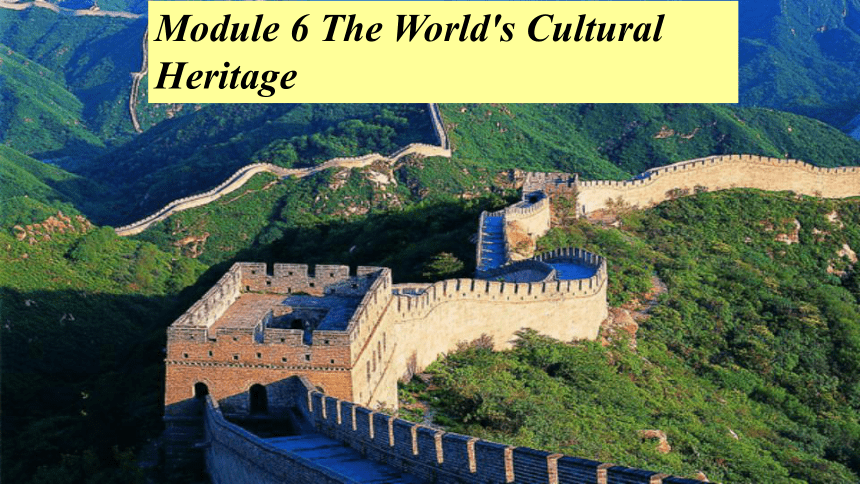 | |
| 格式 | pptx | ||
| 文件大小 | 5.5MB | ||
| 资源类型 | 教案 | ||
| 版本资源 | 外研版 | ||
| 科目 | 英语 | ||
| 更新时间 | 2021-12-20 18:22:45 | ||
图片预览

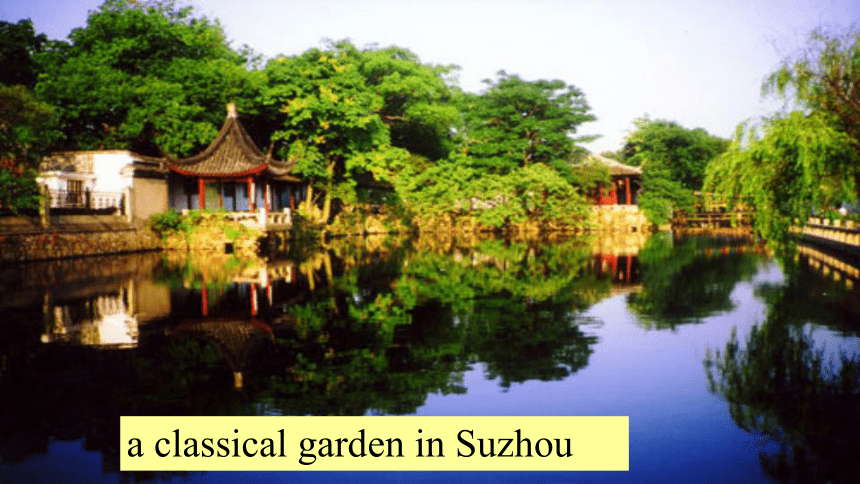
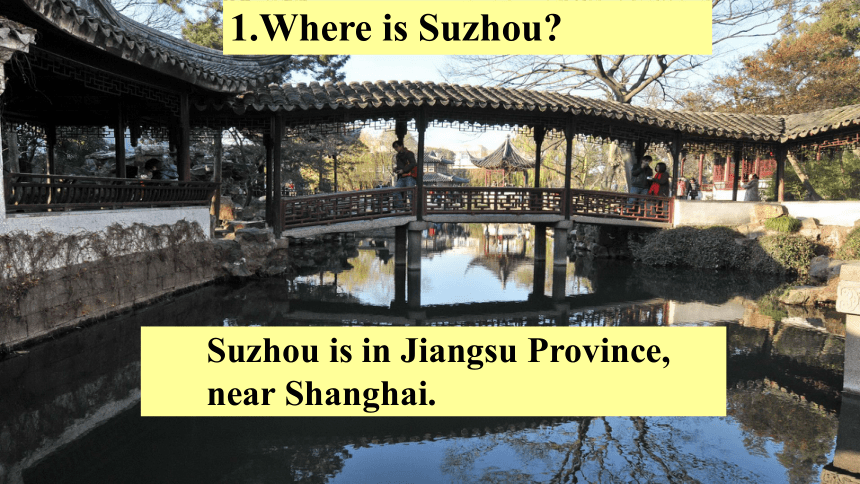
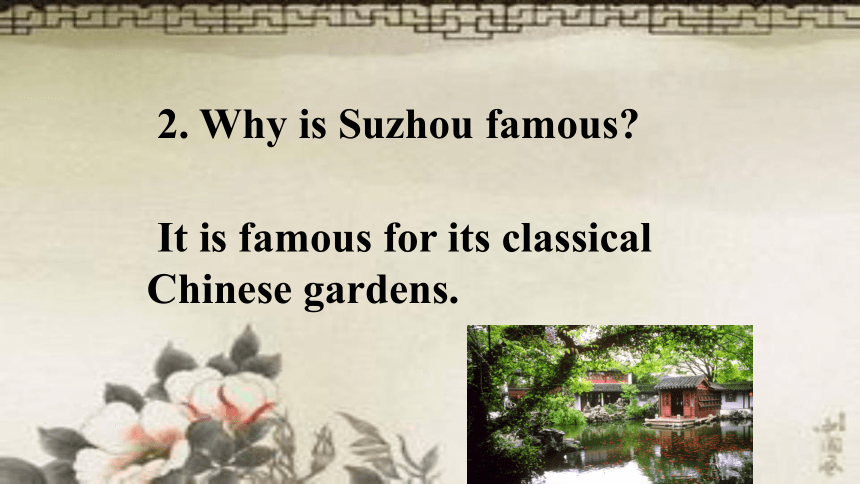
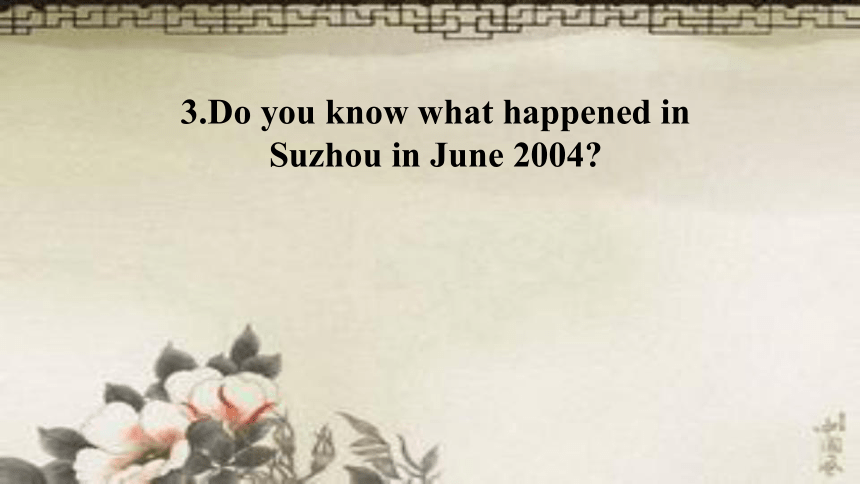
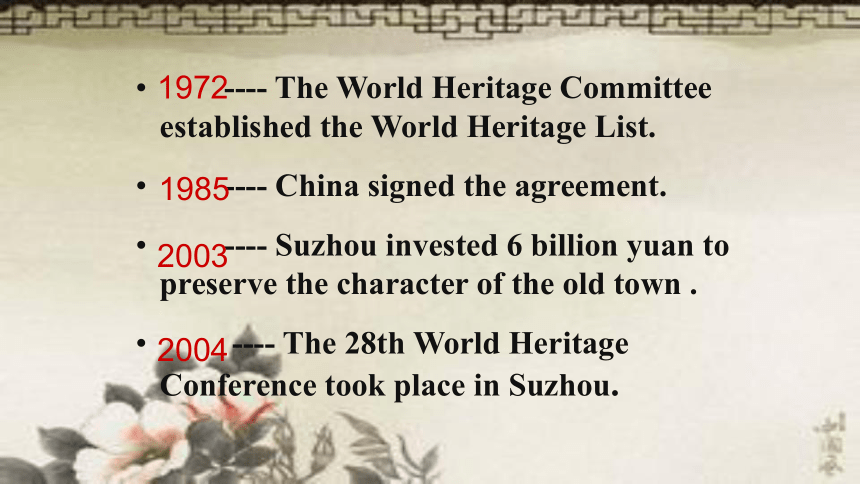
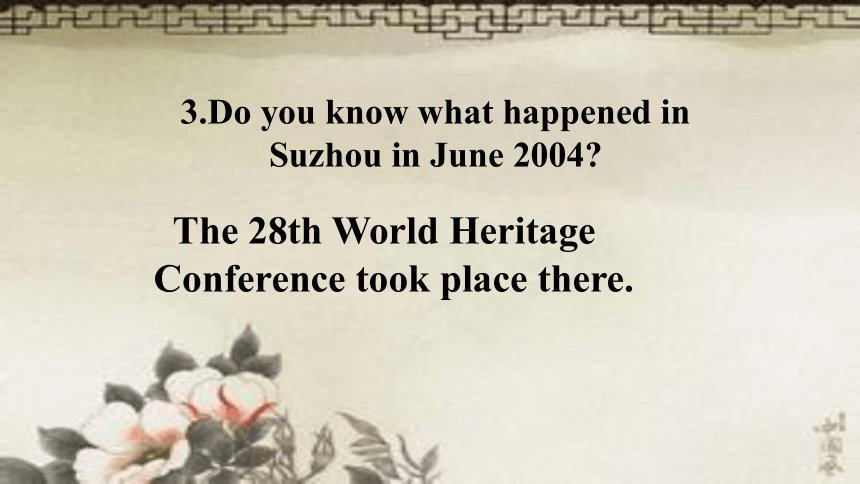
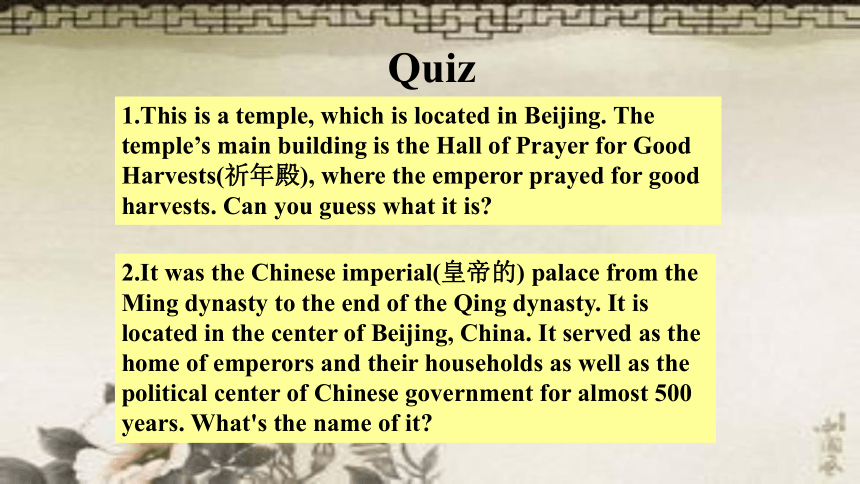
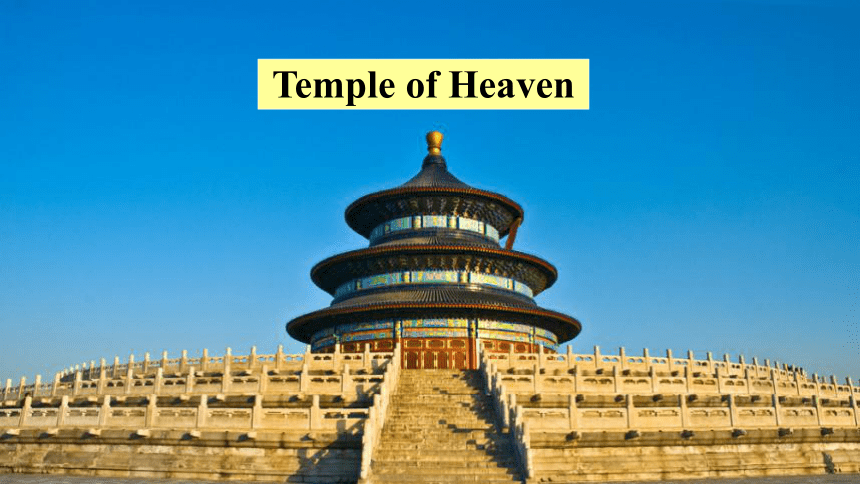
文档简介
Module 6 The World's Cultural Heritage
a classical garden in Suzhou
Suzhou is in Jiangsu Province, near Shanghai.
1.Where is Suzhou?
2. Why is Suzhou famous?
It is famous for its classical Chinese gardens.
3.Do you know what happened in Suzhou in June 2004?
---- The World Heritage Committee established the World Heritage List.
---- China signed the agreement.
---- Suzhou invested 6 billion yuan to preserve the character of the old town .
---- The 28th World Heritage Conference took place in Suzhou.
1972
1985
2003
2004
3.Do you know what happened in Suzhou in June 2004?
The 28th World Heritage Conference took place there.
Quiz
1.This is a temple, which is located in Beijing. The temple’s main building is the Hall of Prayer for Good Harvests(祈年殿), where the emperor prayed for good harvests. Can you guess what it is?
2.It was the Chinese imperial(皇帝的) palace from the Ming dynasty to the end of the Qing dynasty. It is located in the center of Beijing, China. It served as the home of emperors and their households as well as the political center of Chinese government for almost 500 years. What's the name of it?
Temple of Heaven
Forbidden City
4.It is a cave system in Beijing, China. It has yielded(出产) many archaeological (考古学的)discoveries. It is...?
3. This heritage lies in Xi’an, Shaanxi province. After 20 years of careful excavation three underground vaults(墓穴) opened to the public in 1979, 1989, and 1994. Can you guess what it is?
The Qin Terracotta , Warriors and Horses
Zhoukoudian
tangible: sth. can be clearly seen to exist; sth. can be touched and felt
intangible: sth. that exists but it is difficult to describe, understand or measure
intangible heritage
What’s the difference between “tangible” and “intangible” world heritage?
Read the passage and answer the questions.
“Tangible” cultural heritage includes things you can see and touch; “Intangible” cultural heritage which is also called living cultural heritage consists of oral heritage, living human treasures, endangered languages and traditional music of the world.
2. Can you give an example of oral heritage?
3. What kind of people are living human treasures?
People who have the knowledge and skills required for
cultural traditions of their society.
The Butterfly Lovers, the New Year Water-Splashing Festival , yangko, etc.
The Butterfly Lovers
the New Year Water-Splashing Festival
yangko
4. What makes a language endangered?
5. Give an example of traditional music that is thought
to be part of an intangible cultural heritage.
When it is spoken by only a few old people and is not
taught to new inhabitants of the region.
Kunqu opera/ Peking Opera.
They need our protection.
traditional craftwork
Chen-style Tai Chi
Shaolin kung fu
What should we do to protect cultural heritage?
government:
raise the public awareness
establish a fund for protection
request the factory to move away
...
ordinary people:
contribute to the fund
be a civilized tourist
learn tradional craftwork if possible
...
Summary
tangible
intangible
cultural heritage
ways of protection
Homework
1. Write a short essay about an intangible human heritage that you know about.
(You may refer to P79.)
2. Search some information about Zhoukoudian.
Thank you!
a classical garden in Suzhou
Suzhou is in Jiangsu Province, near Shanghai.
1.Where is Suzhou?
2. Why is Suzhou famous?
It is famous for its classical Chinese gardens.
3.Do you know what happened in Suzhou in June 2004?
---- The World Heritage Committee established the World Heritage List.
---- China signed the agreement.
---- Suzhou invested 6 billion yuan to preserve the character of the old town .
---- The 28th World Heritage Conference took place in Suzhou.
1972
1985
2003
2004
3.Do you know what happened in Suzhou in June 2004?
The 28th World Heritage Conference took place there.
Quiz
1.This is a temple, which is located in Beijing. The temple’s main building is the Hall of Prayer for Good Harvests(祈年殿), where the emperor prayed for good harvests. Can you guess what it is?
2.It was the Chinese imperial(皇帝的) palace from the Ming dynasty to the end of the Qing dynasty. It is located in the center of Beijing, China. It served as the home of emperors and their households as well as the political center of Chinese government for almost 500 years. What's the name of it?
Temple of Heaven
Forbidden City
4.It is a cave system in Beijing, China. It has yielded(出产) many archaeological (考古学的)discoveries. It is...?
3. This heritage lies in Xi’an, Shaanxi province. After 20 years of careful excavation three underground vaults(墓穴) opened to the public in 1979, 1989, and 1994. Can you guess what it is?
The Qin Terracotta , Warriors and Horses
Zhoukoudian
tangible: sth. can be clearly seen to exist; sth. can be touched and felt
intangible: sth. that exists but it is difficult to describe, understand or measure
intangible heritage
What’s the difference between “tangible” and “intangible” world heritage?
Read the passage and answer the questions.
“Tangible” cultural heritage includes things you can see and touch; “Intangible” cultural heritage which is also called living cultural heritage consists of oral heritage, living human treasures, endangered languages and traditional music of the world.
2. Can you give an example of oral heritage?
3. What kind of people are living human treasures?
People who have the knowledge and skills required for
cultural traditions of their society.
The Butterfly Lovers, the New Year Water-Splashing Festival , yangko, etc.
The Butterfly Lovers
the New Year Water-Splashing Festival
yangko
4. What makes a language endangered?
5. Give an example of traditional music that is thought
to be part of an intangible cultural heritage.
When it is spoken by only a few old people and is not
taught to new inhabitants of the region.
Kunqu opera/ Peking Opera.
They need our protection.
traditional craftwork
Chen-style Tai Chi
Shaolin kung fu
What should we do to protect cultural heritage?
government:
raise the public awareness
establish a fund for protection
request the factory to move away
...
ordinary people:
contribute to the fund
be a civilized tourist
learn tradional craftwork if possible
...
Summary
tangible
intangible
cultural heritage
ways of protection
Homework
1. Write a short essay about an intangible human heritage that you know about.
(You may refer to P79.)
2. Search some information about Zhoukoudian.
Thank you!
